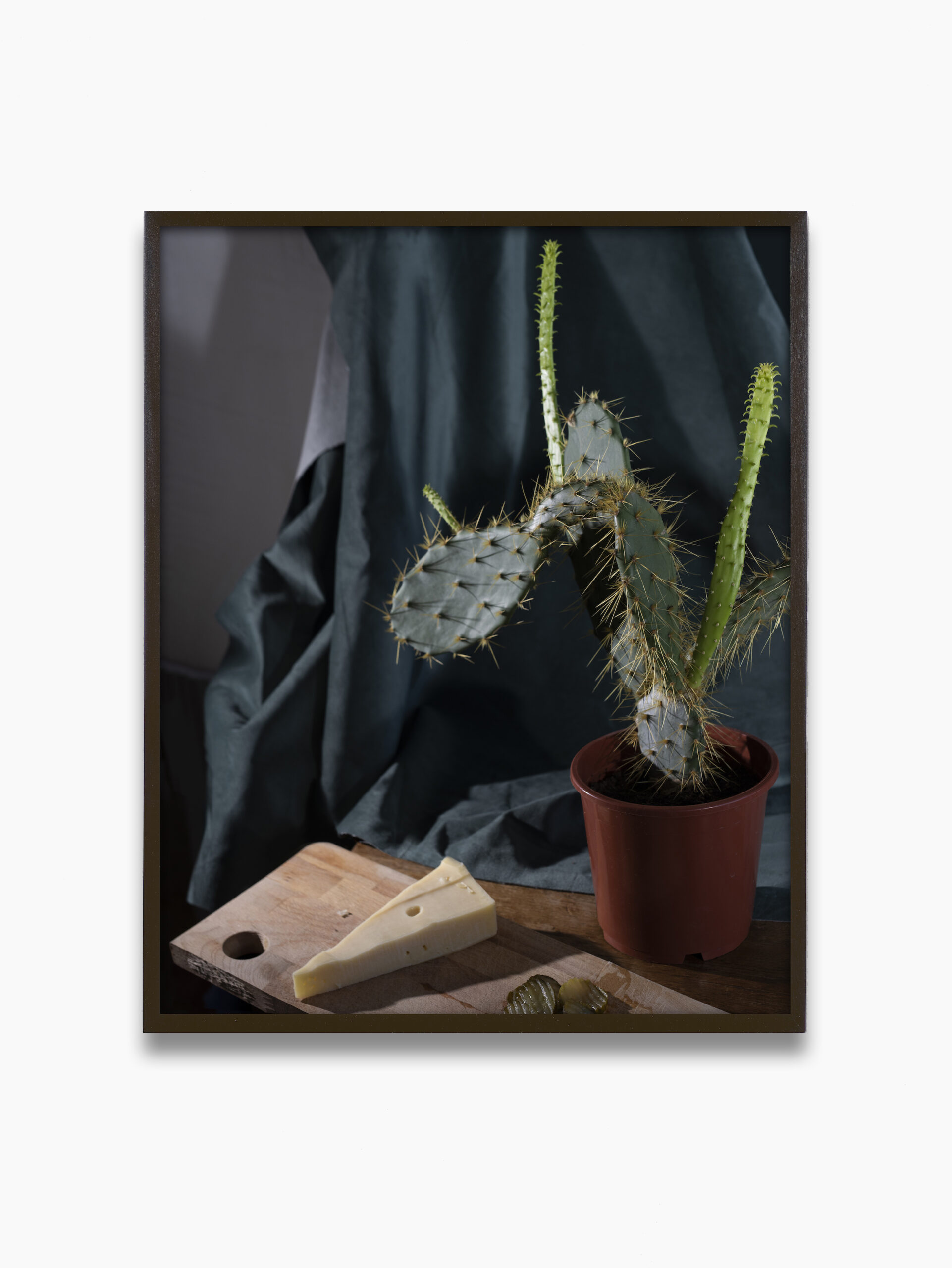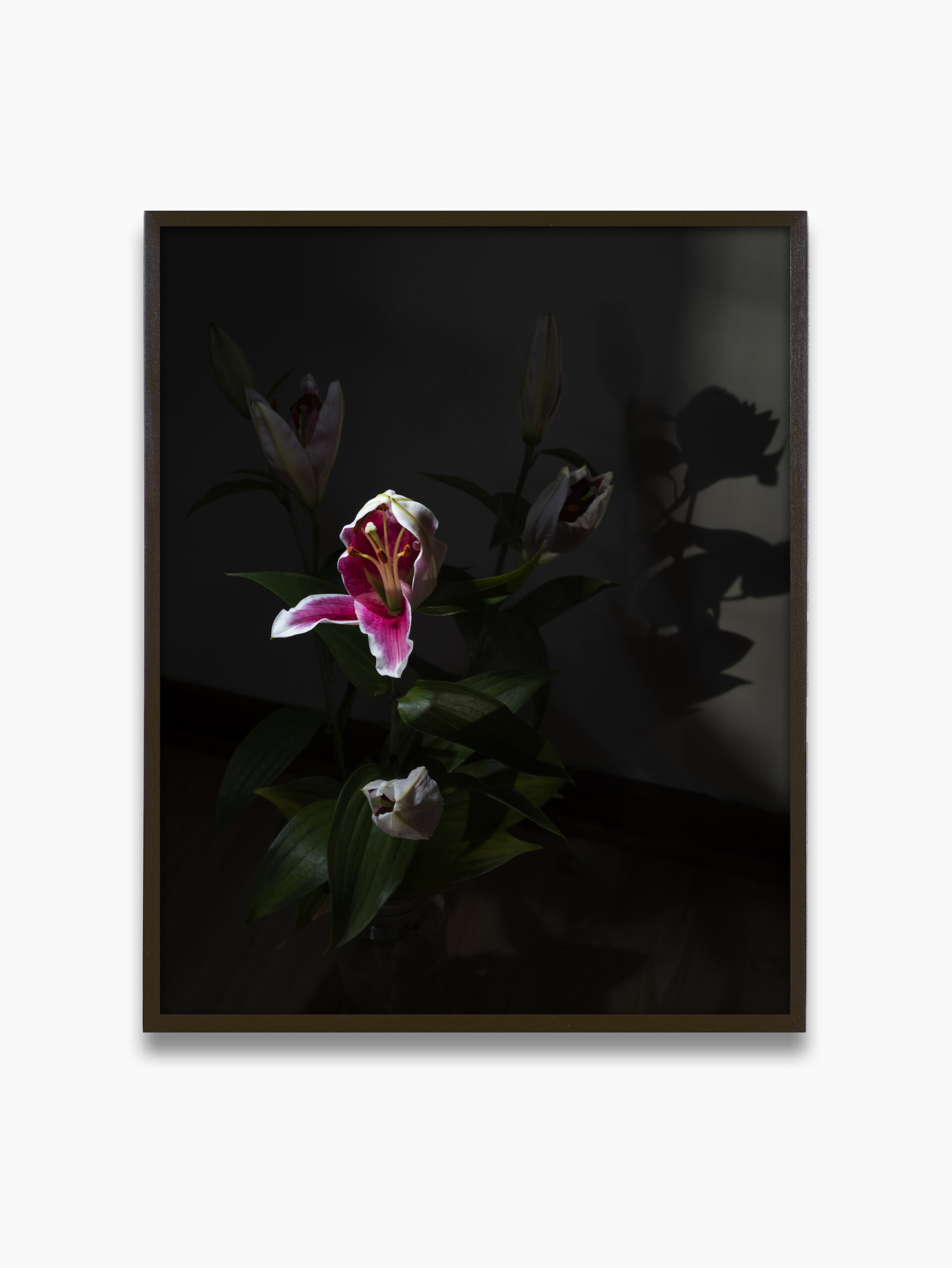Interior Isolation: How Two Photographers Captured Their Experiences of Quarantine


Isolation, anxiety, and the shared sense of our shrinking physical spaces are just a few of many challenges presented by Covid-19 lockdowns. The art world, like all other sectors of society, has had to adapt to new realities and limitations. Access to art has shifted online and the production of art has evolved to better suit virtual platforms. As a part of this shift, artistic outputs have also changed to reflect a new, shared feeling of isolation. Inside for months, sometimes completely alone, everyone around the world has had to work through the anxiety and uncertainty of the last eight months. In Zeit Contemporary Art’s current virtual exhibition, “The World Within: Photography and Interiority,” two American photographers, Res and Bryson Rand, capture these feelings and offer emotional, thought-provoking windows into their highly personalized, but unexpectedly relatable, experiences of lockdown.

Inherent in the phrase “shelter in place” is the notion of place. The place one shelters, delineated by the architecture, has a great impact on the very image and experience of sheltering itself. The walls around us and the objects within them control what we can do inside and therefore limit how we live during lockdown. Documenting this shared experience of restriction, the photographers in “The World Within” explored the boundaries of their lives inside, working through feelings of anxiety and isolation while also redefining the idea of companionship. Limited to their physical spaces and the objects around them, both artists relied heavily on the use of light and shadow in their photographs. Res in particular made light a major focus of their works, including the photograph entitled “Lily (Night)” in which a stunningly vibrant, fuschia lily punctuates an almost entirely black background. As if moving forward out of the plane of the photograph, the flower is lit with a focused, bright light that contrasts the background so dramatically it’s impossible not to think of Caravaggio and his use of chiaroscuro. As with Caravaggio’s works, Res’ photograph evokes a somber feeling. Perhaps rather than pushing towards the light, the flower is instead retreating into the darkness, into isolation.
Similar to the use of light and dark in the image of the lily, Res’ photograph of a partly sliced pomegranate is enlivened by a raking light. The shadows of the fruit, its seeds, and the knife jutting out precariously and pointed towards the viewer suggest a pause in a moment of action. While in the process of being cut, the pomegranate remains alone surrounded by its seeds and blood-like juice without an image of the hand that began the job. Frozen in a moment that incites feelings of pain, the photograph further elicits unease, tension, and anxiety with the placement of the knife itself. While the top part of the fruit appears to have been cut systematically in a way to carefully remove the skin, the incision in which the knife remains reveals that the fruit has been stabbed straight through its center. No careful sectioning or back and forth motion of the knife, but rather a singular, forceful stab to make it through the flesh, the seeds, and out the other side. The use of light and shadows, the sanguine pomegranate seeds and juice, and the desperate state of the fruit itself recall Artemisia Gentileschi’s “Judith Slaying Holofernes” from 1620-21.

What happened before or after these photographs is almost irrelevant. Without the full story, the viewer is left with images of something on the brink of happening. A lily just about to come into or move out of the light, a pomegranate a few cuts away from being eaten, or perhaps both were left to wilt and dry out. Much like the anxiety of not knowing what life in quarantine would bring for the photographer and the viewer alike, the photographs capture moments of uncertainty and tension while also providing a form of connection and companionship. The artist explained: “This series, A Still Life, began in earnest when I relocated to Sweden just as COVID quarantine began earlier this year. The mix of isolation and anxiety took hold pretty early on and I turned to making these still lifes as a way to both connect with and work through some of those emotions as well as ground myself more in the space I was in. In the absence of community and regular connection, I started looking for connection and recognition in these objects, creating intimacy in the process of making the images.”
Res’ photographs are a snapshot of the living things that surrounded them during lockdown. In “New Growth, Cheese and Some Pickles,” Res has created a minimalist, rustic still life of a spartan wooden board with one piece of cheese, a few pickles, and a cactus that has apparently sprouted new limbs, evidence of life and growth. Set in front of a dark gray cloth, the overall effect is like a pared-down Dutch still life painting. While in the form of plants and fruit, the subjects of Res’ photographs are living nonetheless. The still lifes are portraits of the objects that came to define the artist’s experience of quarantine.

In conversation with Res’ works in the exhibition, Rand’s photographs are of life in a different form—that of his friends. While Res spent their quarantine in Sweden, Rand remained in Brooklyn and used his work to explore the feeling of being in the comfort and familiarity of home while the world outside evolved into something unfamiliar. In his works, Rand has presented black and white portraits of his husband Ryan and friend Patrick. Much like Res’ use of light and shadow, Rand’s photographs are bold in their stark reliance on light to focus on various elements of each image. In one, entitled “Ryan/Beam,” his husband Ryan stands shirtless holding the back of a chair. A long, bright beam of light bisects his body as he stares straight at the camera. The rest of the image is enveloped in dark shadow.
Rand explained the use of light and shadows: “The onset of the pandemic brought on feelings of confinement and restriction and I realized the way I was utilizing light and shadow in the first few photos I made of Ryan was a reflection of those feelings. Since that realization I have been trying to find a balance between expressing the care and love I feel for Ryan and Patrick while also reflecting the anxiety and constraint we are all experiencing.”
In another photograph, light washes over the entire image—both the figure and the background are brightly lit. Titled “Ryan/Quarantine Cut,” the work features a close-up image of Ryan bending over, his shirtless back and neck covered in hair that has presumably just been cut. Much like Res’ pomegranate, the act of the haircut and the falling of the hair onto the floor have been paused in an uncomfortable manner with the itchy hair resting forever on the sitter’s back. Though evoking tension and discomfort, the photograph is also an image of trust and vulnerability. Bowing with an exposed neck, Ryan appears in a position of submission. Known for homoerotic photographs of queer nightlife that balance desire, pleasure, pain, and violence, Rand’s quarantine photographs feel more personal and self-reflective. In place of eroticism, these photos have just a shirt or pants removed. The black eyes, pulsating veins, and scars apparent in his other works are subdued with only slight suggestions of the possibility of violence in the image of Ryan’s haircut.

Both Res and Rand have created works that address the notions of isolation and companionship, Rand through physical contact with people and Res through a reimagining of what constitutes company itself. Limited to the physical space of their shelters and the people or objects within, the subjects of their photos take on a greater importance as some of the few defining aspects of the artists’ respective quarantines. In many ways, we have all had our understanding of companionship redefined as a result of lockdowns. Who we were with, where we were, and the things that surrounded us are defining characteristics of that monumental period. The works in “The World Within: Photography and Interiority” are a poignant reminder that we are all together in being alone.
“The World Within: Photography and Interiority” is on view online at Zeit Contemporary Art through December 30, 2020.
You Might Also Like
Processes of Seduction. Zoe Walsh Talks About Their Show “Remote Light” at Zeit Contemporary Art
What's Your Reaction?
Annabel Keenan is a New York-based writer focusing on contemporary art, market reporting, and sustainability. Her writing has been published in The Art Newspaper, Hyperallergic, and Artillery Magazine among others. She holds a B.A. in Art History and Italian from Emory University and an M.A. in Decorative Arts, Design History, and Material Culture from the Bard Graduate Center.

